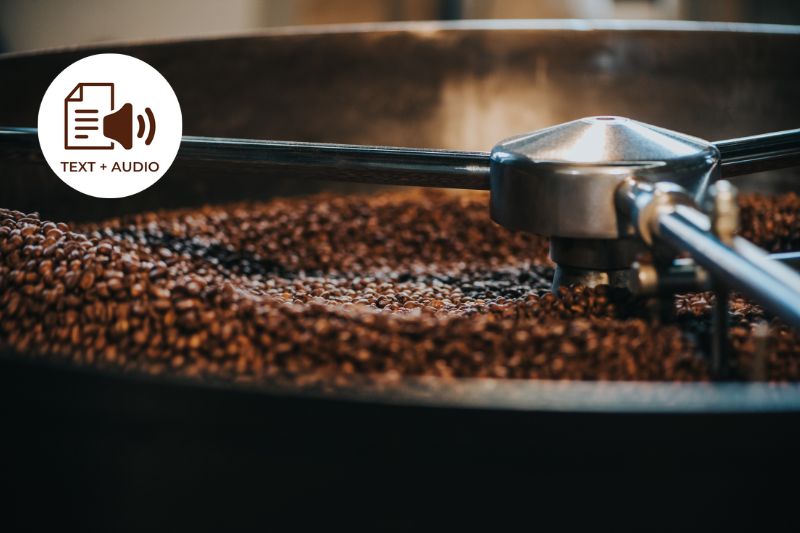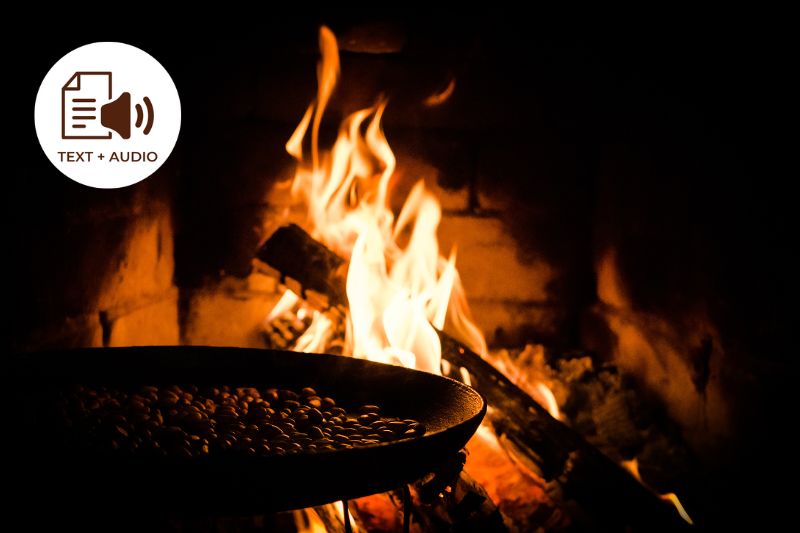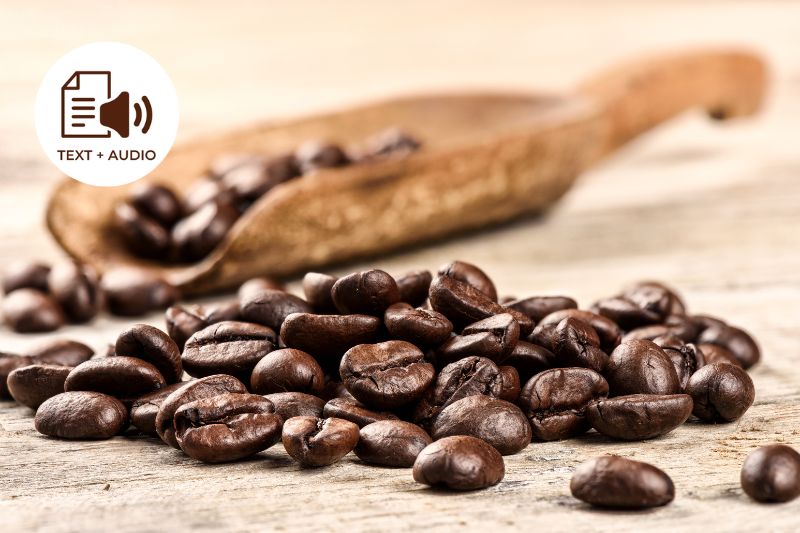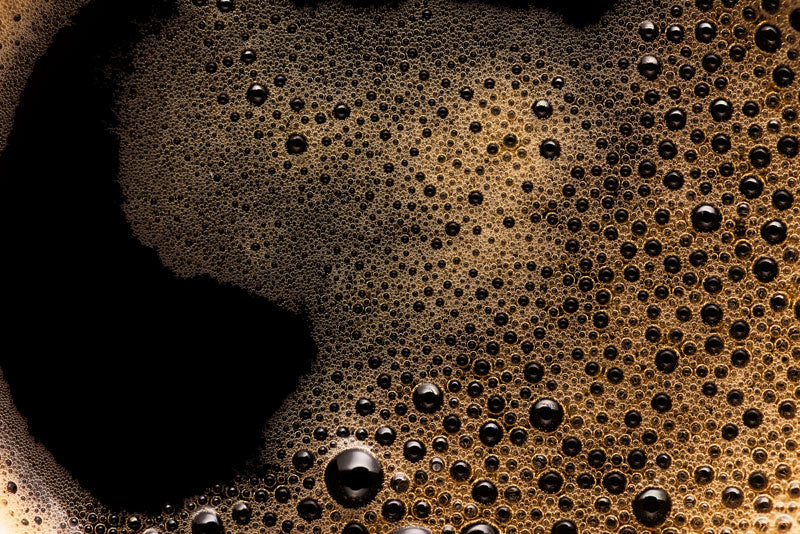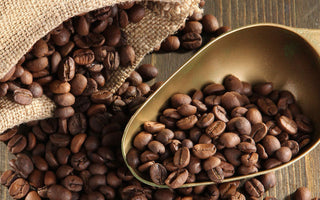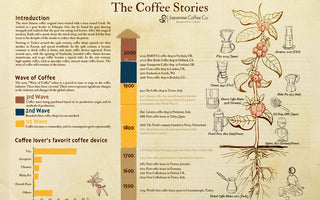Nowadays, finding enough information to determine the correct grind for different brewing methods is no longer a problem, but choosing the right coffee roast profile can often be confusing.
What does an espresso or filter roast mean and how can you be sure that you are making the right choice when deciding on a new premium coffee? Do you even need a different coffee roast for different brewing methods? And what is the difference between all these coffee roasts out in the market?

These are the questions we will answer for you today. Here’s what we are going to cover:
What is a roast profile
In order to be able to offer very good coffees of consistent quality, a lot of experience and a never-ending thirst for knowledge are required to find the perfect roast. Roasting coffee is therefore a really good craft.
The roast profile is the recipe for roasting a certain green coffee and influences to a large extent which taste properties of the coffee are emphasized. It contains all the important parameters of a roasting process. The recording of these parameters enables

the roasting master to refine the coffee beans from the same batch with an identical result the next time they are roasted.
Important roasting parameters
In a roast profile of premium coffee, the batch size, the temperature of the green coffee before it is poured into the drum of the roaster and its preheating temperature, but also all parameters that are important during the roasting, such as the temperature profile, are recorded.
In addition to the roast profile, the origin, variety, and processing of the bean also influence the taste. The goal of a roast profile is to offer consistency in flavour and enhance the good characteristics of the premium coffee beans.
You can understand how things can get complicated when roasters use different premium coffee beans every time, as they need to adjust the roast profile to figure out what suits that respective coffee best.
Roast Profile Development
Roasters usually have two methods of developing a roast profile for a particular coffee:
- During cupping. That means they do a standardized test roast and then conduct a coffee tasting (called cupping) in order to assess the coffee’s potential. Depending on the cupping result, they determine they want to emphasize this coffee.
- Trial roasts. Apart from their big batch roast machines, many roasters also have trial roast machines that only fit small batches. They use them to do trial roasts and then try the coffee to see which roast was best.

The Roasting Process
The individual degrees of roasting also says a lot about the taste of the coffee. In principle, something can be said that the coffee tastes more bitter the darker the bean is roasted. On the other hand, lighter roasted beans have more moisture and the fruity the character of the coffee is retained to a greater extent.
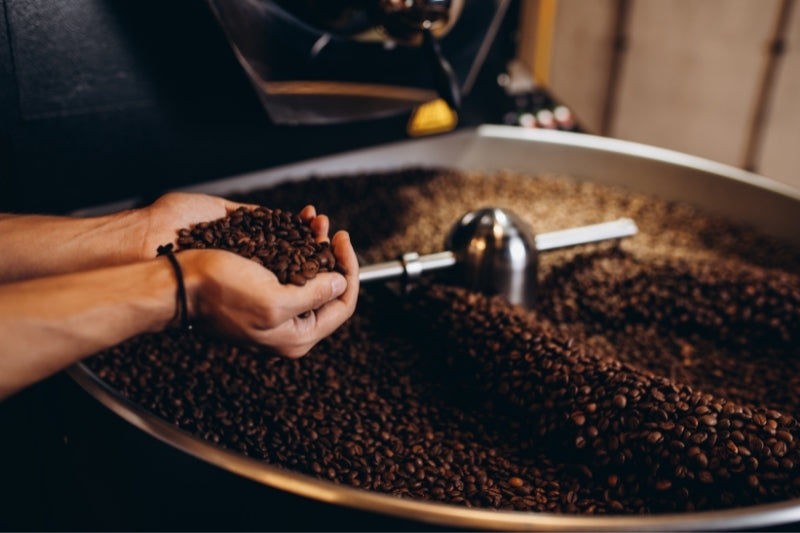
In Northern Europe, for example, coffee drinkers often prefer this type of lightly roasted coffee. While in our part of the world coffee is sometimes roasted for a particularly long time. This gives it a slightly burnt, bitter taste. Many coffee drinkers mistakenly believe that this is a sign that the coffee is particularly strong but this is not the case, it’s just a different flavor and has nothing to do with the caffeine content.
It’s all about the crack
There are several methods for determining the current roast level of a bean. The purely visual assessment is inadequate. A combination of bean temperature, smell, color, and sound exactly determines the current roast level.
The noise - "the crack" is an essential indicator during the roasting process. The pressure during the roasting process causes the bean to burst - this is the "first crack".
This is an indication of how far the roasting process has progressed. In the case of light coffee roasting, the roasting is stopped here.
For very dark coffee roasts, the "second crack" is awaited. The bean has lost even more water and the cell structure is burning. There are two temperature limits, called cracks, which the roast master pays special attention to.
- The first crack takes place at around 390°F and is very similar to the cracking of popcorn.
- The second crack takes place at approx. 440°F
Different Degrees of Roasting
As far as the different degrees of roasting of the coffee beans are concerned, a distinction is made between ten levels. Roasted from light to dark:
Light Cinnamon: Here the beans are still a light brown color, which begins to form in the roasting drum before the first crack.
Cinnamon: In this case, you can already hear the first crackling in the roasting drum, but the coffee beans are still a light brown tone.
New England: The light brown hue slowly turns into a darker brown, this is the case when the cracking in the drum is approaching its climax.
American: The beans take on this slightly darker shade of brown as soon as the first crack is over.
City: Coffee beans that are roasted beyond American are assigned the City roast level.
Full City: This degree of roast occurs before the coffee beans start to crack for the second time in the roasting drum. The beans are now significantly darker and small oil droplets form on their outer skin.
Viennese: If the coffee beans start to crack for the second time in the drum, the number of oil droplets increases, and the color of the beans finally turns dark brown.
French: If the second crack also comes to an end, the beans have become a little darker. This impression is reinforced by the fact that the oil film makes the outer skin shine.
Italian: The coffee bean now has a deep dark brown, the oil still makes it shine.
Neapolitan (also: Spanish): If the coffee bean is black instead of brown, the last degree of roasting has been reached. The outer skin now also looks significantly more matt.

Difference between filter and espresso roasts
On most premium coffee bags you will find the information whether it is a filter coffee or an espresso roast. Basically, you can make both from any green coffee. The roasting is then decisive for the taste and the preparation method.
Filter roasts are much lighter roasted and are recommended to use for filter methods only. Espresso roasts are roasted much darker and we recommend a portafilter machine, a stove, a fully automatic coffee machine, or an AeroPress.

For the respective characteristics as a filter or espresso, the length of the roast is particularly decisive. Longer roasting means that acids are broken down more and the body of the coffee is more emphasized. In addition, the sugar contained is caramelized more strongly, which brings out the roasted aromas and bitter notes of espresso.
The longer you roast the coffee, the stronger the roasted aromas are and the other aromas are masked. A good espresso roast has to do both: beautiful, chocolaty roasted aromas with a good expression of the variety of aromas.
Roasters are developing a significantly shorter roasting profile for the filter coffees and at lower temperatures. In between are the so-called omniroasts, which are suitable for many preparation methods. As filter coffee, omni roasts are more balanced, round and sweet, and as espresso, they are light and acidic.
What is the omni roast?
Omni roasting is becoming increasingly popular among coffee roasters. One can literally speak of a worldwide boom, in premium coffee shops you can find more and more coffees that are offered as omni roast. But what does "omni roasting" mean and what is the difference between traditional and omni roasting?
Omni-roasting means that the coffee has been roasted in such a way that it can be prepared both as filter coffee and as espresso without any loss of taste. That is in contrast to the classic view that every coffee preparation method requires a coffee roast that is tailored to it.

Omni roasting celebrates the idea that as long as good quality coffee beans are well roasted, it is the job of a (home) barista to get the best flavor out of them. Of course, this does not mean that every coffee should taste the same with every roasting method, or that there is no optimal or best method of preparing different types of coffee.
Ultimately, it's always about "taste" and not how the coffee is roasted or brewed. Many of us have certainly had the experience of having made a great filter coffee with espresso roast and vice versa.
Final Thoughts
So, do you think you need a different coffee roast for different brewing methods after reading all this? Well, it’s not exactly about the brewing method, it’s all about your taste in coffee.
When purchasing premium coffee you can trust that the roasters know what they are up to and why they roast that particular coffee a certain way. The roast profile is always meant to compliment the flavor of the coffee.
If you are someone who prefers an intense and sometimes bitter flavor in their coffee then you will love the darker roasts, while the lighter roasts are perfect for those who enjoy light and fruity flavors in their cup.
Get Free Bonus Books
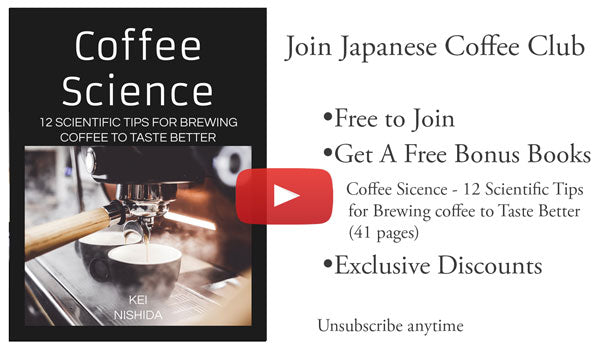
Sign up for free to the Coffee Club to get advice and exclusive articles about how to choose Japanese Coffee, and tips, tricks, and recipes for enjoying Japanese coffee.
About the author
Kei Nishida
Author, CEO Dream of Japan
Certification: PMP, BS in Computer Science
Education: Western Washington University
Kei Nishida is a passionate Japanese tea and coffee connoisseur, writer, and the founder and CEO of Japanese Coffee Co. and Japanese Green Tea Co., both part of Dream of Japan.
His journey began with a mission to introduce the world to the unparalleled quality of Japanese green tea. Through Japanese Green Tea Co., he established the only company that sources premium tea grown in nutrient-rich sugarcane soil—an innovation that led to multiple Global Tea Champion awards.
Building on this success and his passion for Japanese craftsmanship, Kei expanded into the world of coffee, pioneering the launch of Japanese Coffee Co., the first company to bring Sumiyaki charcoal-roasted coffee to a global audience. His dedication to authenticity and quality ensures that this traditional Japanese roasting method, once a well-kept secret, is now enjoyed worldwide.
Beyond tea and coffee, Kei has also introduced Japan’s legendary craftsmanship to the world through Japanese Knife Co., making handmade katana-style knives—crafted by a renowned katana maker—available outside Japan for the first time.
Kei’s journey continues as he seeks out and shares the hidden treasures of Japan, one cup and one blade at a time.
Learn more about Kei

